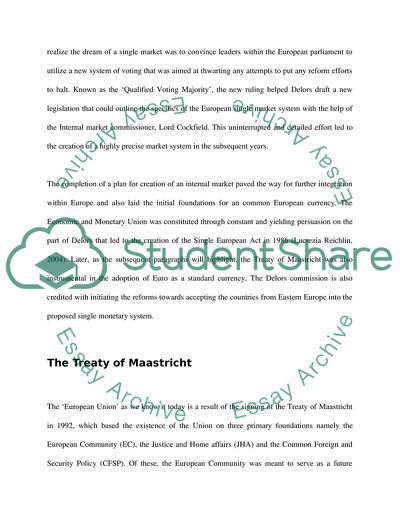Cite this document
(Evolution of the Euro, the Current Economic Crisis Research Paper, n.d.)
Evolution of the Euro, the Current Economic Crisis Research Paper. Retrieved from https://studentshare.org/macro-microeconomics/1726512-european-business-environment
Evolution of the Euro, the Current Economic Crisis Research Paper. Retrieved from https://studentshare.org/macro-microeconomics/1726512-european-business-environment
(Evolution of the Euro, the Current Economic Crisis Research Paper)
Evolution of the Euro, the Current Economic Crisis Research Paper. https://studentshare.org/macro-microeconomics/1726512-european-business-environment.
Evolution of the Euro, the Current Economic Crisis Research Paper. https://studentshare.org/macro-microeconomics/1726512-european-business-environment.
“Evolution of the Euro, the Current Economic Crisis Research Paper”, n.d. https://studentshare.org/macro-microeconomics/1726512-european-business-environment.


